By Kaia Wright
A domestic violence intake facility can many times be survivors’ first view of hope and safety. It can also be the first place to offer a solution and give survivors resources they need to go forward.
Getting help and going to a shelter are what these men, women and children need to get them out of whatever situation they may be in. Yet there’s always a first step. That’s what happens within the intake facilities.
The Betty Griffin Center offers a 52-bed shelter, six transitional apartments, counseling, food, supplies, and any resources survivors of domestic and sexual violence may need. They operate 24/7 for survivors to receive the help they need, according to Bettygriffincenter.org.
Allison Hashaw, who now serves as the sexual assault program director role at Betty Griffin, explains how Betty Griffin provides rape care units placed in Flagler Hospital for medical and forensic exams. Survivors are not required to report to law enforcement but the centers will hold survivors information for up to 50 years.
The location of the shelter is confidential to keep the safety of the survivors and allow them to receive peace and safe housing. They may be escaping a dangerous situation and their privacy may be the only thing protecting them. Yet the intake facility is the first step survivors have to take in order to receive the resources that Betty Griffin has to offer.
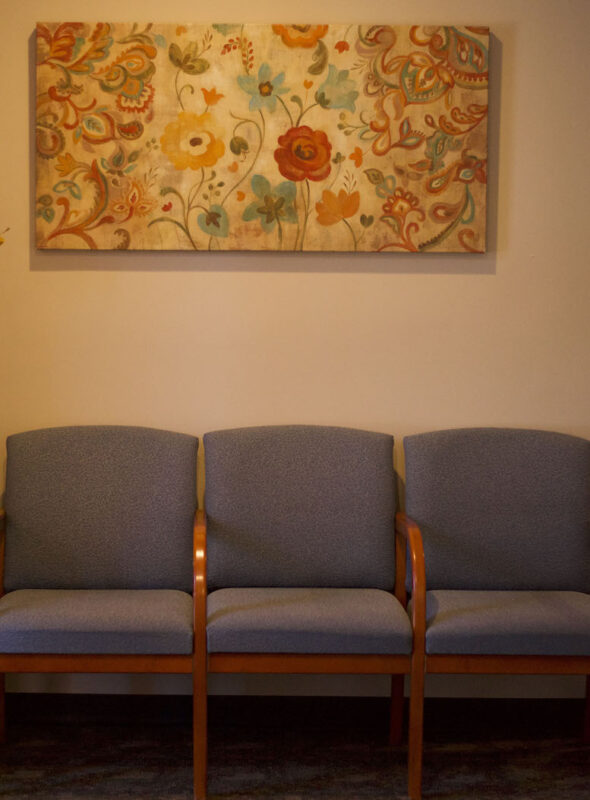
The image above shows the lobby of the Betty Griffin intake facility. Hashaw explains that this is the first place survivors go when seeking help from domestic violence or sexual assault. Within the facility they can receive care, counseling, basic hygiene and care, and any other resources they may need to receive the help they need.
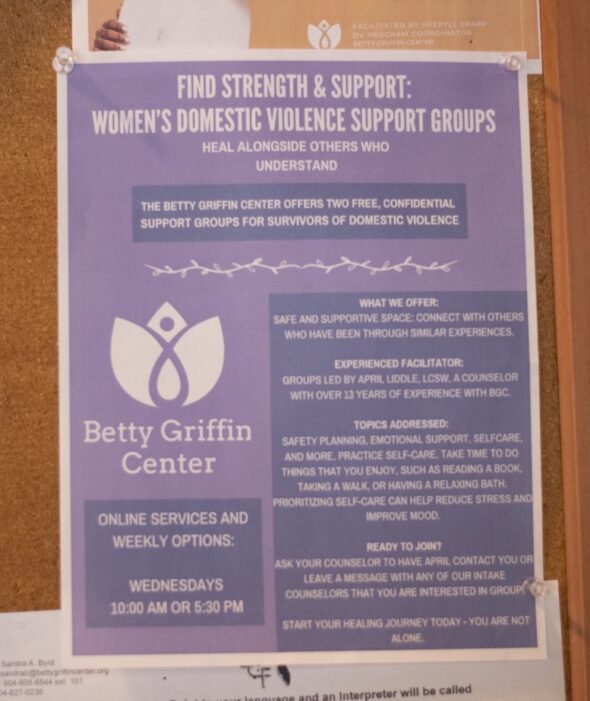
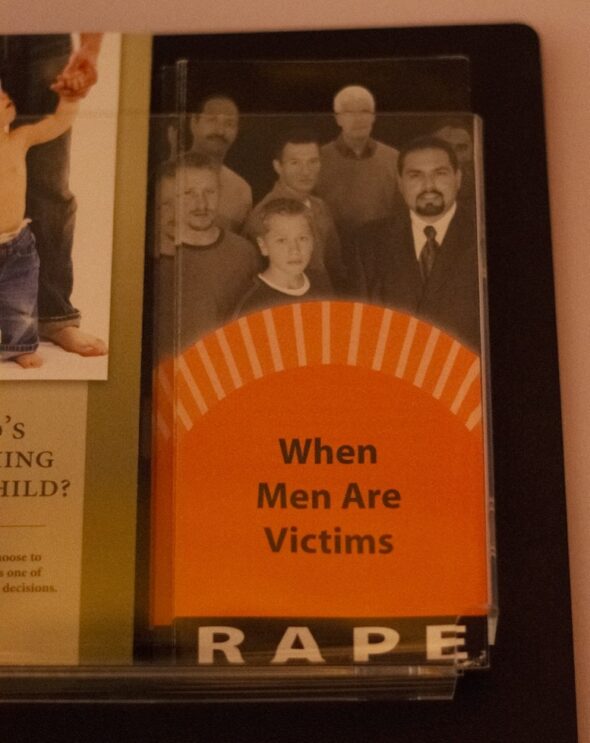

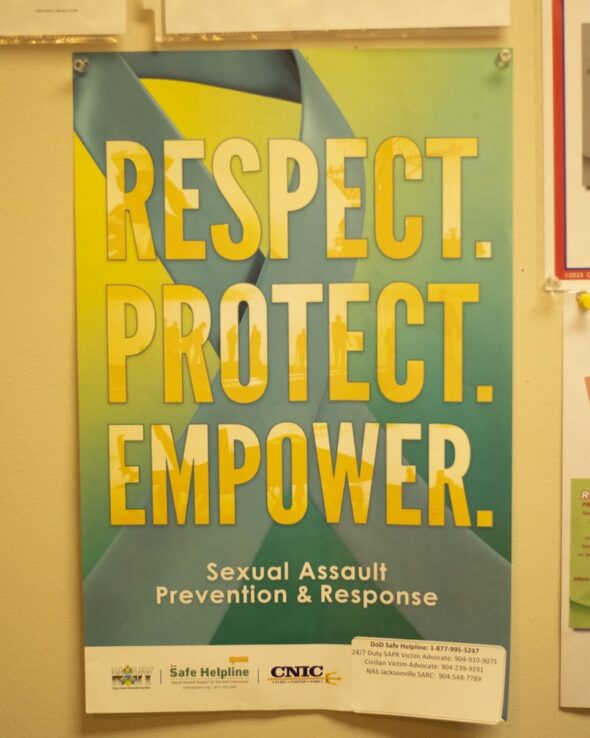
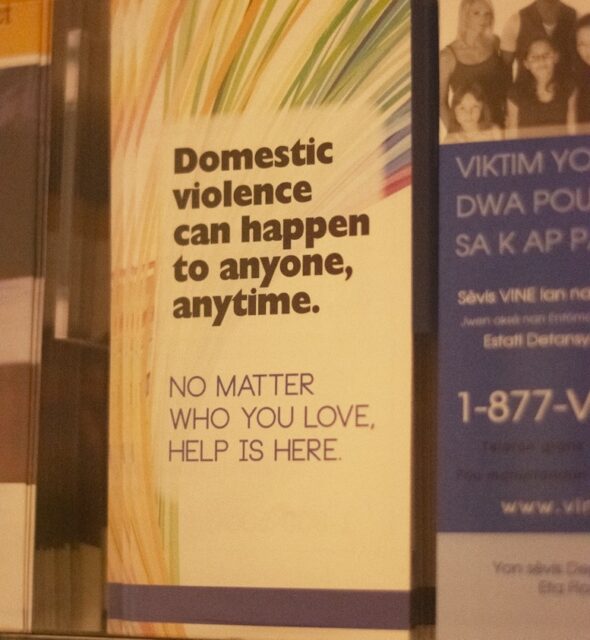
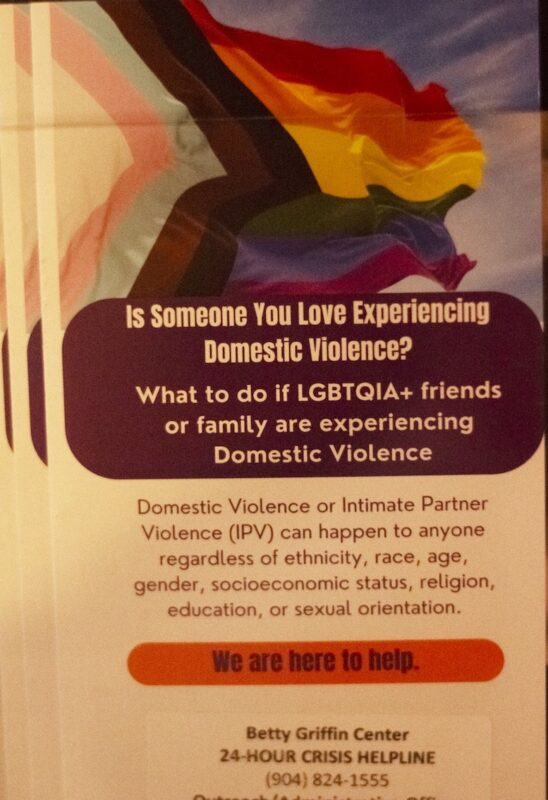
These are some of the many brochures and fliers available to survivors within the intake facility. Many of these are used to advocate for survivors and try to break down any shame or fear surrounding domestic violence and recovery.
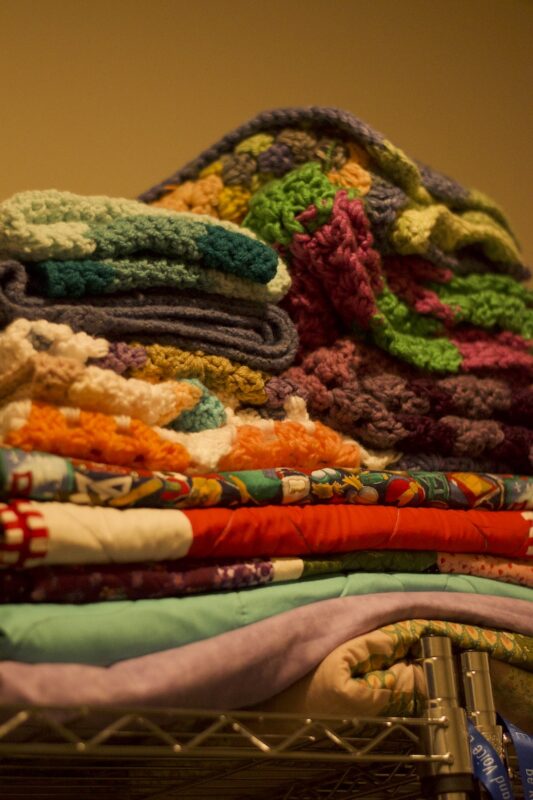
According to Hashaw, these blankets were handmade by members of the St. Augustine community and are available to survivors if needed within their supply. They also provide food, diapers, menstrual products, formula and other necessary goods individuals may need when arriving to the facility.
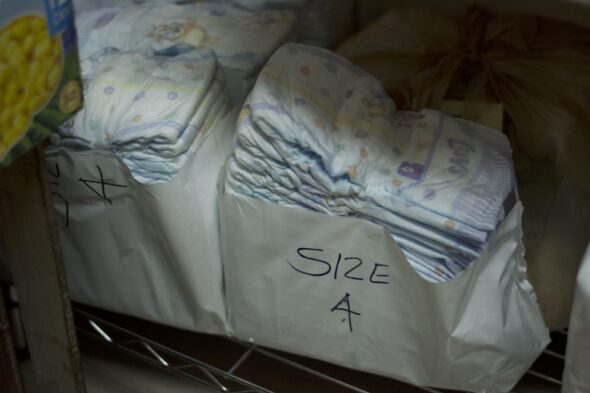
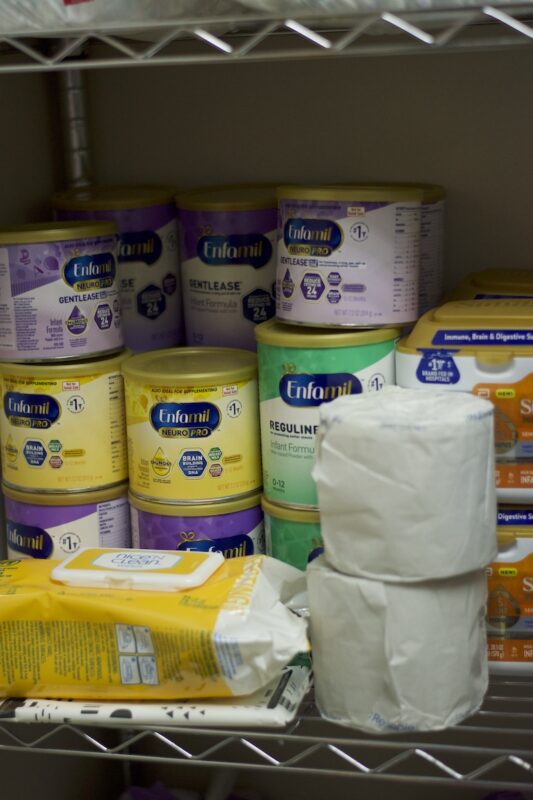
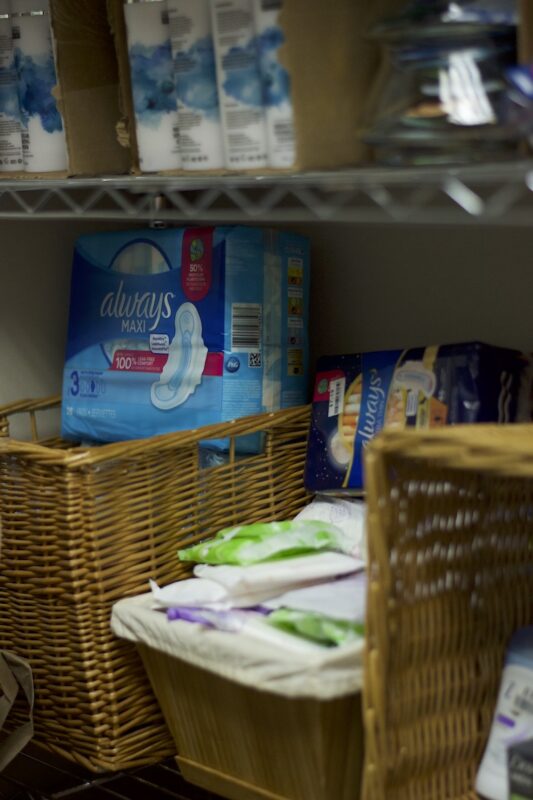
These are some of the many goods available to survivors. All of these products are donated by locals within the community to The Betty Griffin Center. Many survivors don’t have access to these basic products. Betty Griffin works to have the panty available for all those in need.
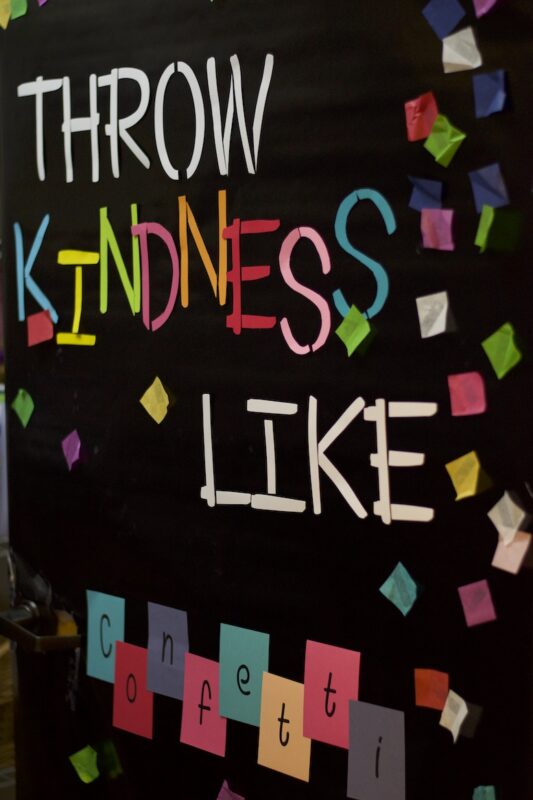
This is the door to the pantry where all the donated goods can be accesses upon need. These goods are not just for those survivors going to the shelter, but for anyone seeking help from Betty Griffin.
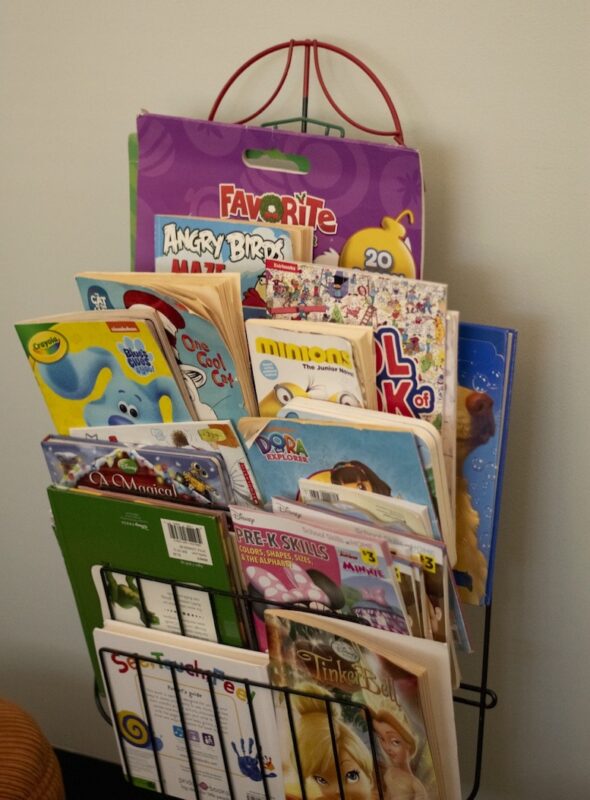
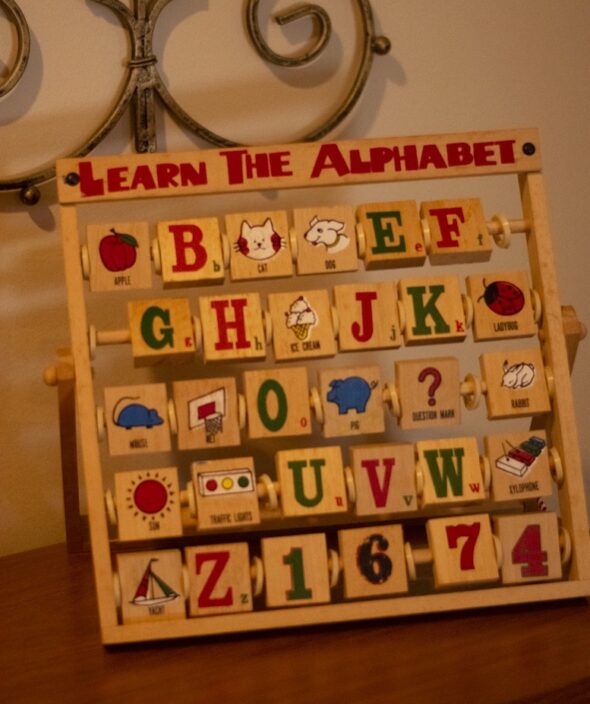
These children’s books and games are found within the children’s room of the intake facility. This is where children of survivors can play while the parent is meeting with an intake member or a counselor. Below is a drawing by a child of a survivor drew within the children’s room.

Though Betty Griffin offers a domestic violence and sexual assault shelter, that’s not where it ends. Many survivors still need the community support they may have received within the shelter once they get out. This can range from transitional housing to care units to support groups. Hashaw explained that Betty Griffin is there for whatever survivors may need. “We’re there to support them in any way we can,” says Hashaw.
One of these resources is Peace Club. The Peace Club works to help children 3-17 work to identify abuse and what that looks like. This works to get the conversation started about domestic violence and help break the cycle of abuse within their homes and the greater community.
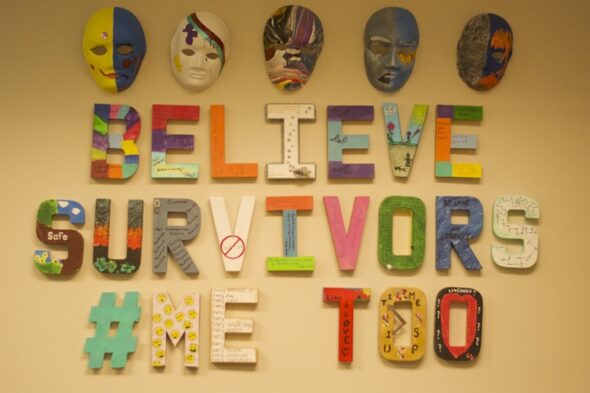
To support Betty Griffin Center, visit https://bettygriffincenter.org/volunteer-career-opportunities/ to learn more about volunteer opportunities.

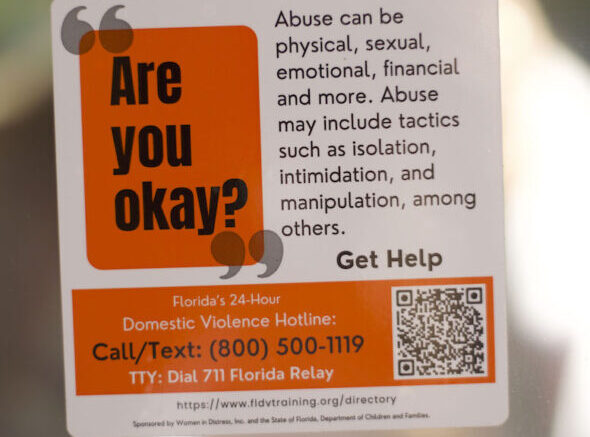


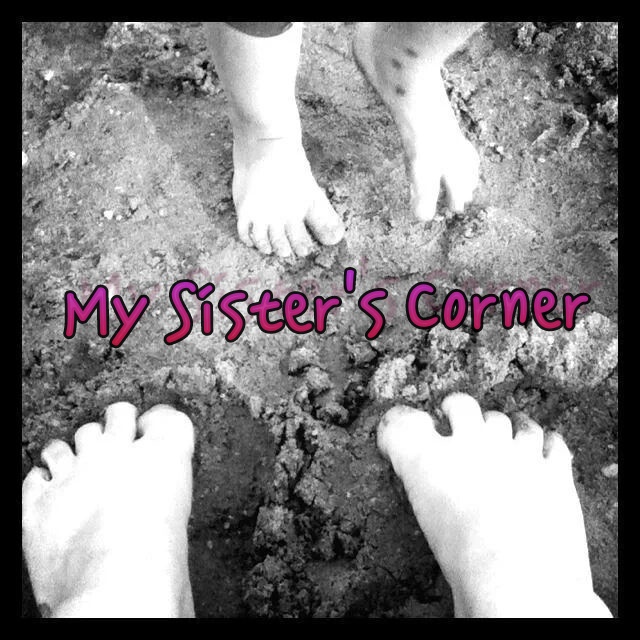

Be the first to comment on "Snapshots of a Domestic Violence Facility: A Day at the Betty Griffin Center"